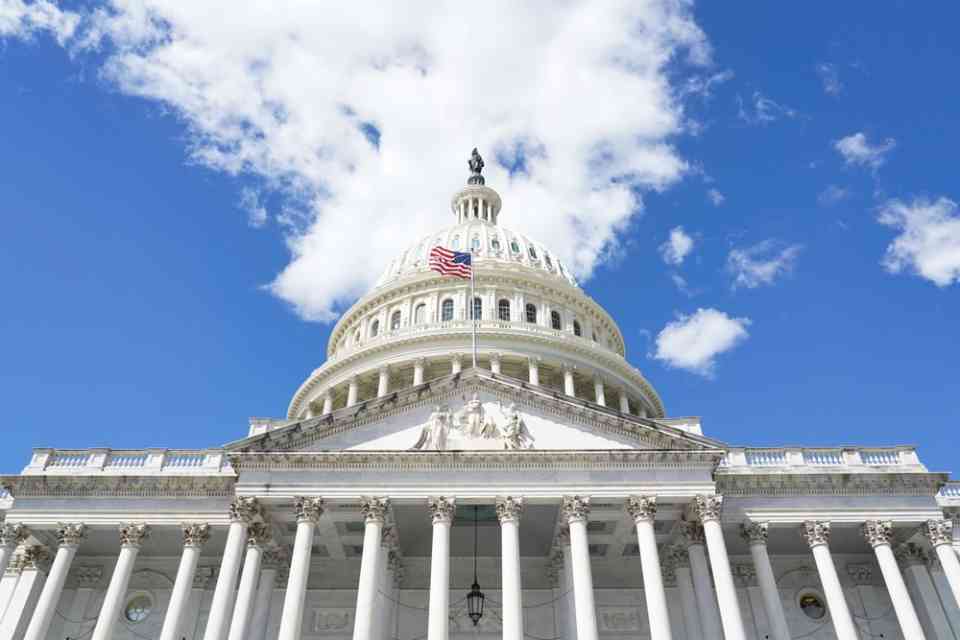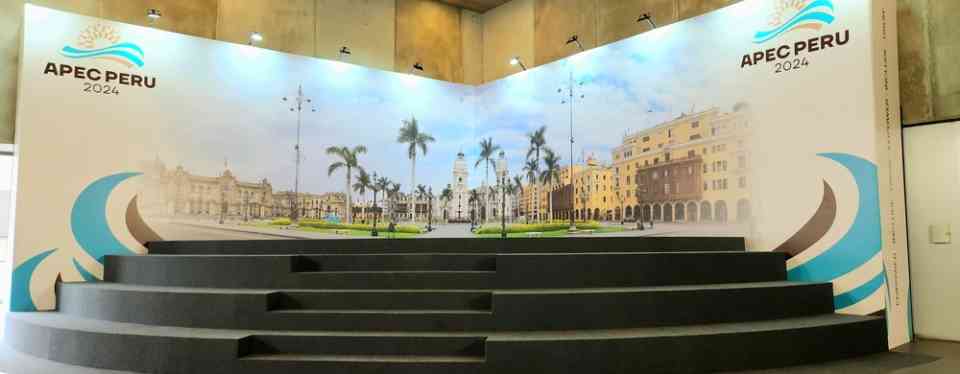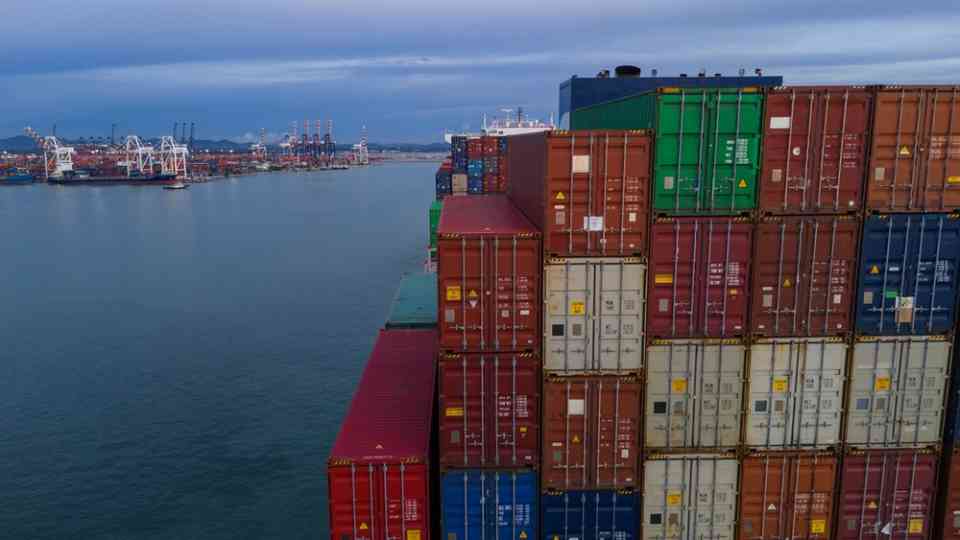Global public debt is projected to surpass $100 trillion this year, with the debt-to-GDP ratio expected to approach 100% by the end of the decade, surpassing the levels seen during the pandemic. This warning was delivered by Vítor Gaspar, Director of the IMF’s Fiscal Affairs Department, during a briefing in Washington.
Gaspar emphasized that public deficits and debt levels are alarmingly high, with risks continuing to rise. Presenting the IMF’s Fiscal Monitor, he outlined that one-third of countries, including major economies such as China, the United States, Brazil, France, Italy, South Africa, and the United Kingdom, are experiencing public debt growth at a faster rate than before the pandemic. These countries collectively represent around 70% of global GDP.
He further explained that in another third of countries, while public debt has increased, its growth is projected to slow or even decline compared to pre-pandemic trends. In the remaining nations, public debt levels are currently lower than they were prior to the pandemic.
The IMF report highlights that the risks surrounding public debt forecasts are tilted upwards. In a particularly adverse scenario, global public debt could rise by an additional 20 percentage points of GDP compared to the baseline forecast.
Gaspar also pointed out that the fiscal policies currently implemented by most governments are inadequate for stabilizing or reducing debt ratios. He stressed that delaying necessary adjustments would be both costly and risky, urging immediate action to address the growing fiscal challenges. He remarked that while monetary policy in major economies has already begun to ease and unemployment remains low in many countries, the time is right to implement gradual, sustained, and people-focused fiscal adjustments.
Additionally, the IMF’s projections for Ukraine indicate that by 2025, the country’s government debt will exceed 100% of its GDP for the first time, with debt levels unlikely to drop below this threshold in the near future.
Have you read?
Countries Most in Debt to the International Monetary Fund (IMF).
Most Successful Unicorn Startups.
$100 Billion Club: Richest People With The 12-Figure Fortunes.
Largest electricity consumers in the world, by country (in terawatt-hours).
Countries that Export the Most Goods and Services.
Add CEOWORLD magazine to your Google News feed.
Follow CEOWORLD magazine headlines on: Google News, LinkedIn, Twitter, and Facebook.
Copyright 2024 The CEOWORLD magazine. All rights reserved. This material (and any extract from it) must not be copied, redistributed or placed on any website, without CEOWORLD magazine’ prior written consent. For media queries, please contact: info@ceoworld.biz
CEOWORLD magazine – Latest – Special Reports –











